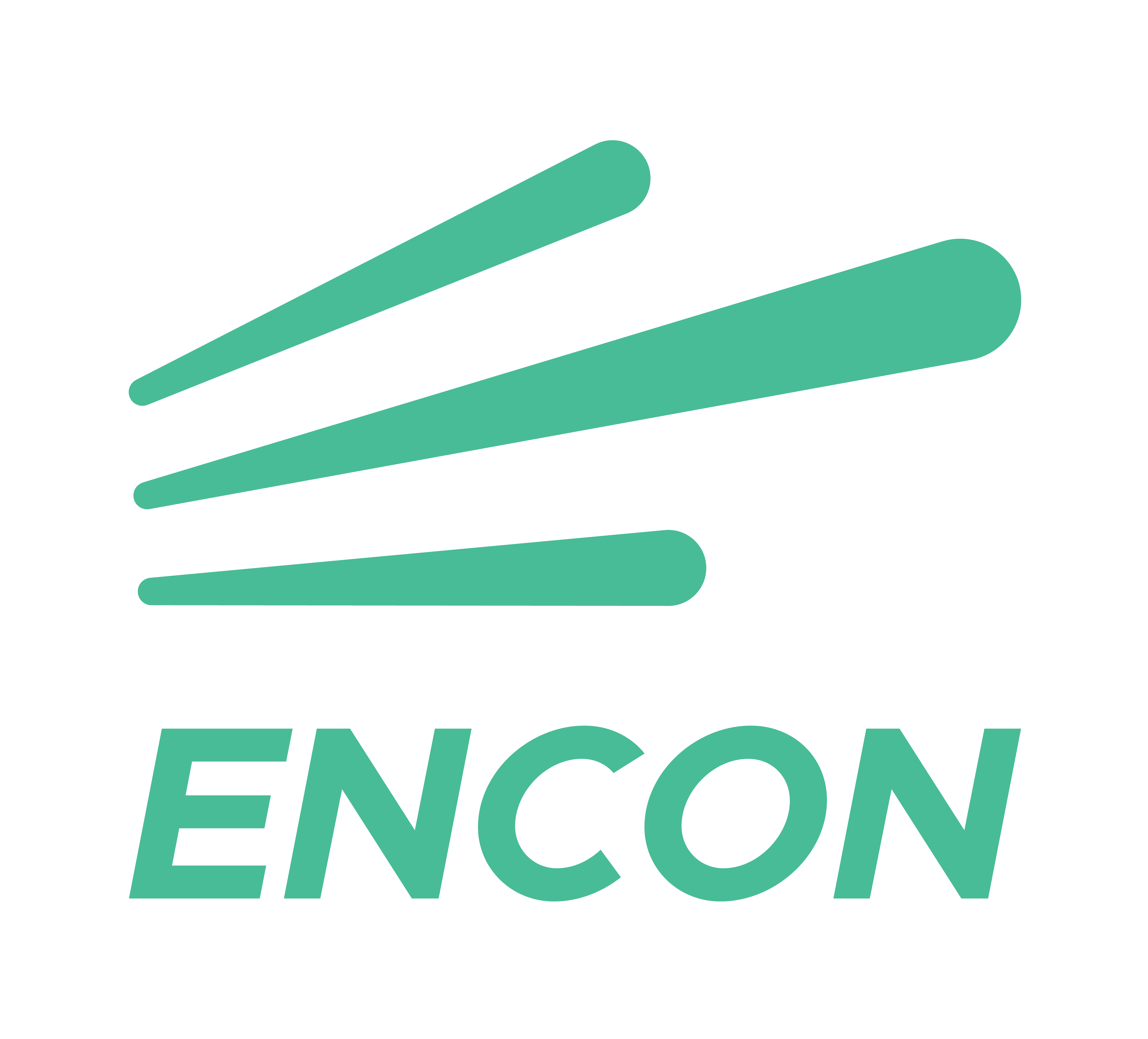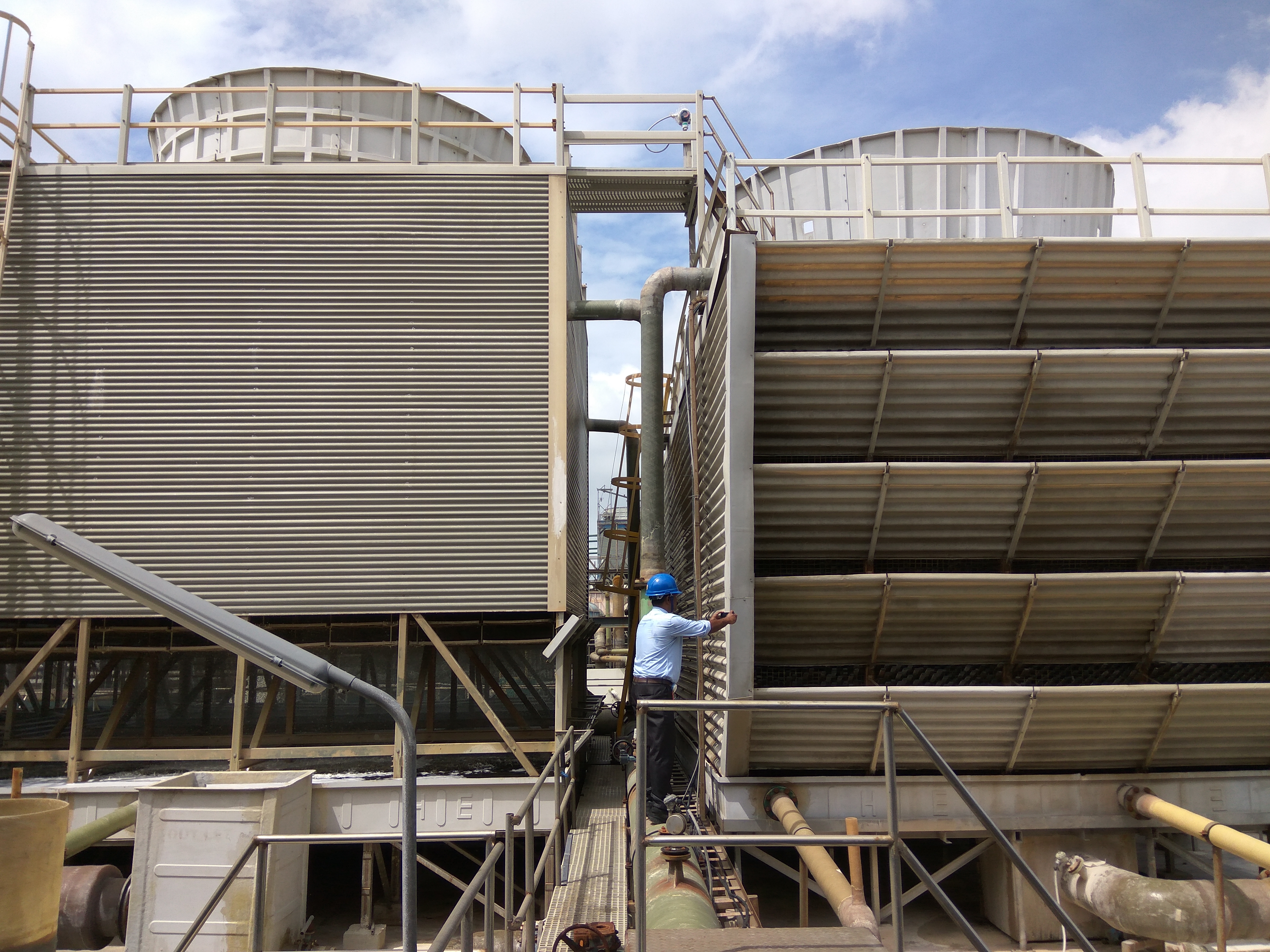The ultimate guide to selecting the right Cooling tower
What is a cooling tower ? The ultimate guide to selecting the right Cooling tower
Hello, tech enthusiasts out there! Today we're going to venture into a cool topic, literally! We're going to dive into the world of cooling towers, those tall structures that you see in industrial complexes. Not only are they vital for industrial processes, but they're also quite fascinating from an engineering perspective. Let's unravel the mysteries of these towers and get a better understanding of their mechanics and benefits.
- What are Cooling Towers?
- The Science Behind Cooling Towers
- Types of Cooling Towers
- Cross Flow Cooling Towers:
- Counter Flow Cooling Towers:
- Benefits of Cooling Towers
- The Future of Cooling Towers
Cooling towers are heat rejection devices that remove waste heat from the atmosphere through the cooling of a water stream to a lower temperature. They are used in industries such as power plants, chemical plants, and factories to cool down the hot water produced by industrial processes
Cooling towers operate on the principle of evaporative cooling. The hot water that is to be cooled is pumped to the tower and distributed over the fill (a material designed to increase the surface area and air-water contact). As the water trickles down the fill, it comes in contact with air that is drawn through the tower. This causes a small amount of the water to evaporate, reducing the temperature of the water.
Illustrations:
In a cross flow cooling tower, air flows horizontally across the falling water stream.
Water enters the tower from the top and flows downward over the fill surfaces while air is drawn horizontally through the fill by a fan located at one end of the tower.
Heat transfer occurs as a result of the contact between the air and the falling water, causing some of the water to evaporate and thus dissipating heat from the system.
The cooled water collects at the bottom of the tower and is recirculated back into the process.
Cross flow towers are often characterized by their rectangular shape and are suitable for moderate cooling requirements.
In a counter flow cooling tower, air flows vertically upwards against the falling water stream.
Water is sprayed or distributed from the top of the tower and flows downward over the fill surfaces while air is drawn upwards through the fill by a fan located at the base of the tower.
Heat transfer occurs as a result of the counter direction of the air and water flow, maximizing the cooling efficiency.
Similar to cross flow towers, some of the water evaporates, carrying away heat from the system.
Cooled water collects at the bottom and is recirculated back into the process.
Counter flow towers are often more efficient than cross flow towers due to the better utilization of the temperature difference between the inlet air and the warm water.
Cooling towers make industries more efficient by reusing water, which is a precious resource. They also help to maintain the working efficiency of the plant by cooling down the machinery and preventing overheating. Furthermore, they can enhance energy production in power plants by providing cool water that can be used to condense steam after it has powered the steam turbines.
With the increasing scrutiny on water use globally and the need for energy efficiency, the future of cooling towers lies in the development of designs that minimize water loss and maximize cooling. New technologies like hybrid cooling towers, which combine the features of wet and dry cooling towers, are being developed to meet these challenges.
The Ultimate Guide to Selecting the Right Cooling Towers for Your Business
As an integral part of many manufacturing industries, cooling towers play a key role in maintaining optimal operational temperatures. Choosing the right cooling tower can significantly impact the efficiency of your operations, and hence, your bottom line.
However, with a multitude of options available on the market, making the right choice can be a daunting task. This comprehensive guide aims to facilitate that decision-making process by providing insights into the key factors to consider when selecting a cooling tower for your business.
- Determine Your Cooling Needs:
- Type of Cooling Tower:
- Energy Efficiency:
- Material of Construction:
- Consider the Installation and Operating Costs:
- Maintenance and Lifespan:
- Review the Tower's Water Treatment System:
- Manufacturer Reputation:
The first step in selecting a cooling tower is to determine your cooling needs. This involves understanding the heat load that your operations generate, the ambient temperature, as well as the required temperature of the cooled water. These factors will dictate the size and type of the cooling tower needed.
Cooling towers come in two main types: evaporative (wet) and dry. Evaporative towers provide cooling via the evaporation of water, which provides efficient cooling but consumes more water. Dry cooling towers, on the other hand, do not require water for cooling but may be less efficient. Your choice will depend on the availability of water, environmental considerations, and operational requirements.
Energy efficiency should be another critical consideration. Look for cooling towers that have energy-saving features, such as variable-speed fans, high-efficiency fill materials, or heat exchangers. Although these features might increase the upfront cost, they can save you money in the long run through reduced energy costs.
Cooling towers are typically made from materials like galvanized steel, stainless steel, fibreglass, or plastic. The choice of material will depend on the environmental conditions, the type of water used, and budgetary constraints. For instance, stainless steel towers are more expensive but can withstand harsh conditions and have a longer lifespan.
Comparisons of construction material for cooling towers
| # | Criteria | Timber | FRP | RCC |
|---|---|---|---|---|
| 1 | Quality | Available Timber of low grade. | Consistent and High quality. | Depends on specifications. |
| 2 | Installation & Operating Cost. | Low installation cost & high operation cost. | Slightly high installation costs but low operation costs. | High cost for a small tower |
| 3 | Operation & Maintenance. | High. | Low. | High for corrosive environment. |
| 4 | Length of Members. | Small. | Tailor make (as per requirement). | As per design. |
| 5 | Bio Decay | Decays due to Fungus, Algae and bacteria. | No such decay. | Algae formation. |
| 6 | Repair & Replacement | Very frequent. | Very less. | Very less. |
| 7 | Life | 5 Years | 15-20 Years | 20 Years |
| 8 | Environmental Impact. | Wood logging & treatment of wood plays havoc with the environment. | No such direct impact. | No such direct impact. |
The cost of a cooling tower includes not only the initial purchase price but also the costs of installation, operation, and maintenance. Higher-efficiency towers may have a higher upfront cost but can save money in the long run through reduced energy use. Additionally, consider the longevity and durability of the tower, as a longer lifespan can offset higher initial costs.
Regular maintenance of cooling towers is crucial for their optimal operation. Choose towers that are easy to maintain, with accessible parts and a design that facilitates cleaning and inspection. In terms of lifespan, towers with durable materials and robust construction are likely to last longer.
A proper water treatment system is vital for maintaining the efficiency and longevity of your cooling tower. Look for towers with systems that effectively prevent scale, corrosion, and biological growth. Additionally, consider the ease and cost of maintaining the water treatment system
Finally, consider the reputation of the cooling tower manufacturer. Look for manufacturers known for their quality, reliability, and excellent customer service. Read reviews, ask for references, and speak to past customers if possible.
Conclusion:
Selecting the right cooling tower is a critical decision that requires careful consideration of various factors. By understanding the types of towers, determining your cooling needs, considering costs, evaluating materials, and reviewing water treatment systems, you can make an informed decision that will provide reliable and efficient cooling for your operations. Remember, a well-chosen cooling tower not only ensures the smooth running of your business operations but can also save you significant time, resources, and money in the long run.

